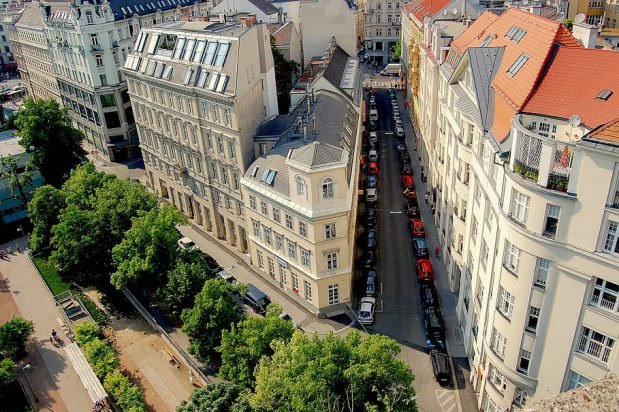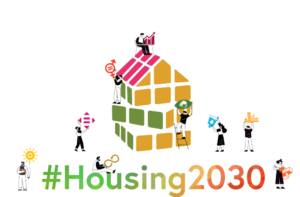Soft urban renewal in Vienna, Austria

Soft urban renewal[1] is an approach to improving dilapidated areas which has been implemented since the mid-1970s in Vienna. The Viennese approach has been widely accepted as international best practice, offering inspiration for other cities.[2]
Description
It is considered “soft” or ”gentle” as it does not involve the demolition of historic buildings or the construction of entirely new urban areas, nor does it displace and compulsorily rehouse residents living in renewal areas.
Legislated under the 1984 Vienna Housing Rehabilitation Act, the soft urban renewal created financial renovation incentives for private homeowners and was implemented through a decentralized and participatory approach to building and neighbourhood improvement.
Much effort has since gone towards improving housing standards, while avoiding social segregation and gentrification. The urban renewal has involved strategic subsidization of private housing rehabilitation, rather than the demolition of historic buildings. Public authorities first look at bringing empty flats into use and developing communal areas and then later address whole blocks of flats and creating new urban areas.[3]
[1] For an outline and history of soft urban renewal, see https://www.gbstern.at/ueber-uns/was-wir-tun/stadterneuerung/milestones-der-sanften-stadterneuerung/.
[2] For more information on the soft urban renewal of Vienna, see European Urban Knowledge Network, “Case study housing – Vienna, Austria: Soft Urban Renewal”, 22 June 2010. Available at https://www.eukn.eu/news/detail/case-study-housing-vienna-austria-soft-urban-renewal/#:~:text=Soft%20urban%20renewal%20pursues%20the,to%20demolition%20and%20new%20building.
[3] In dialogue with the city of Munich, Vienna outlines its changing approach to urban renewal (https://www.muenchen.de/rathaus/dam/jcr:a632312d-3aaf-4e26-8d22-0379867c6e18/2014-10-22_Vienna_Folder_web.pdf).
Results
An evaluation of this scheme in 2010 found that soft renewal had made substantial improvements to living conditions in Vienna. From 1984 to 2001, through rehabilitation, houses that were categorised as substandard were substantially reduced – from approximately 320,000 (39 per cent of the total stock) to less than 125,000.
The renewal activities produced a large stock of affordable rehabilitated housing with avoiding a forced change of ownership or occupancy. One important result was the avoidance of social segregation and gentrification. A total of 2,160 buildings with 142,000 apartments were improved as part of the process of soft renewal and the number of fully equipped apartments rose from about 328,000 to more than 715,000.[1]
Notably, limited profit affordable housing is in relatively good condition, in part due to the business model which funds it that requires regular maintenance and periodic renovation. Chapter II on funding and financing affordable and inclusive housing has extensively elaborated on this matter.
[1] Wolfgang Förster, “Case study housing – Vienna, Austria: Soft Urban Renewal”, European Urban Knowledge Network, 22 June 2010.
Scale
Local
More information
The soft renewal approach, which is both decentralized and interdisciplinary, prioritises affordability and social inclusion objectives, avoids forced change of ownership and enables rehabilitated housing to remain affordable to existing occupants. Particular attention is given to the needs of vulnerable households (the elderly and new migrants).
The redevelopment is managed by offices in each city district. These are run by either private architects or non-profit building associations and are financed by the city. They work with both tenants and owners to improve the housing stock; for example, by enhancing green courtyards, and making proposals for communal facilities and connections to public transport. There are now 13 district offices (Gebietsbetreuungen) which can also apply for city funds to involve vulnerable or socially marginalised households more actively.

An initiative of:


